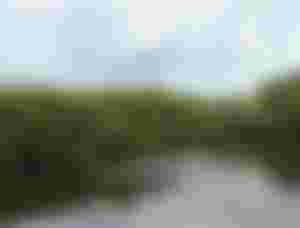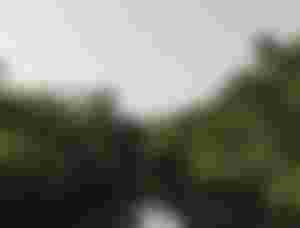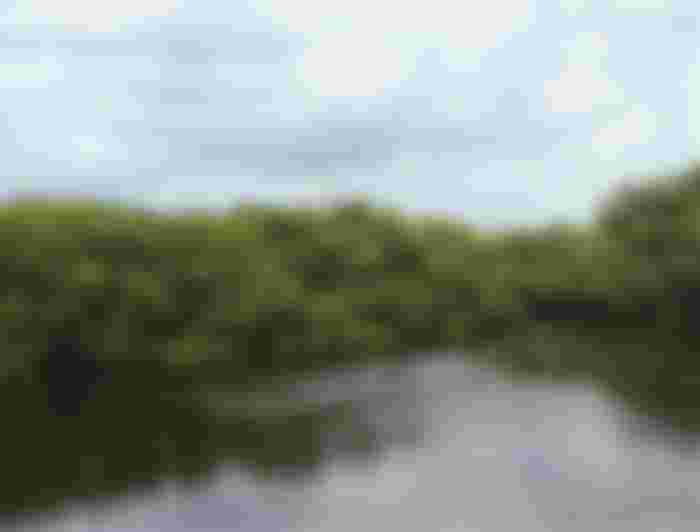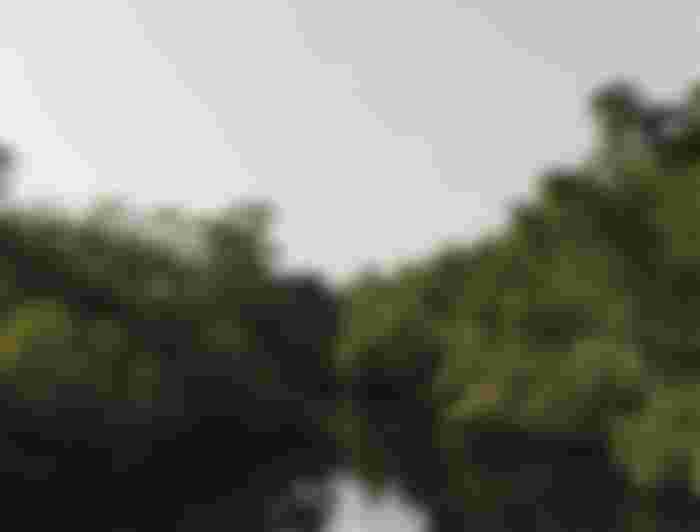Mangroves:

The mangroves are plants that develop in the coastal regions and serve as a containment wall for the erosion of these coasts. They have most of their roots submerged in water and their stem is visible to all. They are grouped in such quantity that in the water they form a criss-cross of roots that serves as a habitat for more than 140 species of aquatic animals and in its upper part, the one visible to our surroundings, they form a kind of evergreen forest that houses multiple species, including migratory birds, monkeys, herons, bats and others.
They are important because they allow the desalination of water and they are generally found at the mouths of rivers with sea waters.
In Venezuela there are about four species of mangroves, these are the white mangrove, the black mangrove, the red mangrove and the button mangrove. The most extensive of them is the one found in the eastern region, occupying 60% to 70% of the total mangroves on the Delta of the Venezuelan Orinoco River. This region is precisely where I live and where I have had the opportunity to meet them and see some of their species in the most appetizing sea shells of these lands. The most I could get are the oysters and pepitonas along with the guacucos. They are delicious on the palate and they can be prepared with rice, in salads, in cocktails and other appetizing forms.

When we go by road to the state of Sucre, on the coast we can see how the inhabitants who have small shops on the shores of the coast place their delicacies for sale to the passer-by and the drivers. It was my favorite stop when I went to the town where I rendered my medical services. There, in those places of typical marine food, they made cocktails where they add many species of crustaceans, shellfish and mollusks that are obtained in these mangroves.
Venezuela ranks fourth in the world in terms of mangroves, after Bangladesh, the Brazilian Amazon and the Niger River of Africa.
We also have mangroves in the western region of the Zulia state, in the central region of the country in the Carabobo and Falcón states, in the Monagas state, Miranda, the Archipelago of Los Roques on Margarita Island, in the region of the Unare lagoon in Piritu in the Anzoátegui state and in the Gulf of Cariaco in the state of Sucre, which I also had the pleasure of meeting.
Mangroves generally develop in places with the highest rainfall, although they are also found in totally dry regions.
Mangroves are ecosystems that serve the formation of some of the coral reef systems. They nourish the waters, since the organic waste that is formed from the degradation of its leaves in the water contributes to the formation of swamps, as well as the survival of the species that inhabit there and the multiplication of the biodiversity of species that count on the mangroves for their survival.
I remember with great nostalgia the years when I was able to move freely from region to region enjoying the many wonderful landscapes that abound in my beloved Venezuela. I dream of the day when I can once again enjoy all its wonders and be able to take enough photographs to travel these landscapes with all of you.
The images are from unsplash.


My country alao has plenty of mangroves though i rarely get to see those where i live but there are a lot in the coastal region we pass to get to our house in the mountains